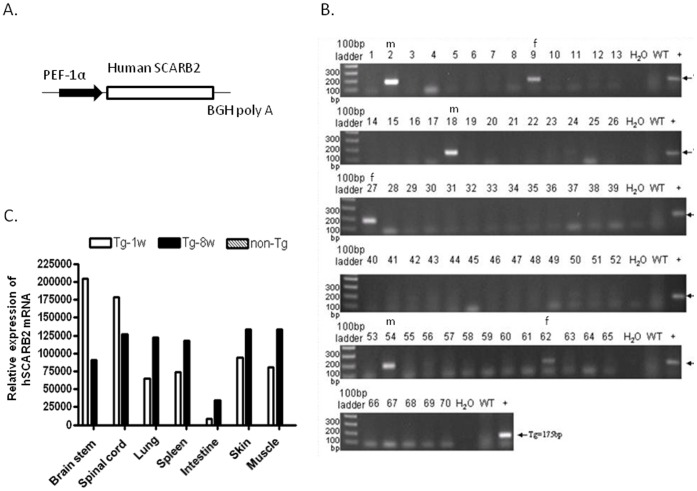Figure 1. Creation and screening of hSCARB2-Tg mice.
(A) The human SCARB2 gene construct was used to create transgenic mice. The human SCARB2 was cloned under the hEF1α promoter and BGH poly A tail to obtain a pEF-1α-hSCARB2 expression vector, which was used for embryo microinjection. (B) Genomic PCR of the tail DNA of hSCARB2-Tg mice using primer set 1 (Table S1) was set to screen for the presence of the hSCARB2 transgene. The size of PCR and RT-PCR products is 175 bp. (C) Quantitative RT-PCR analysis of RNA using primer set 2 (Table S1) was extracted from different tissues of 8-wk-old and 1-wk-old transgenic mice and 8-wk-old non-transgenic mice as control to quantify hSCARB2 expression was performed. β-Actin gene expression in each tissue was used as the internal control. Each normalized 2Ct value was ratio to the value from the mean of 2Ct obtained from the muscle tissues of non-transgenic mice. A schematic representation of the hSCARB2 gene expression and the statistical average from 7 mice per group was shown.

